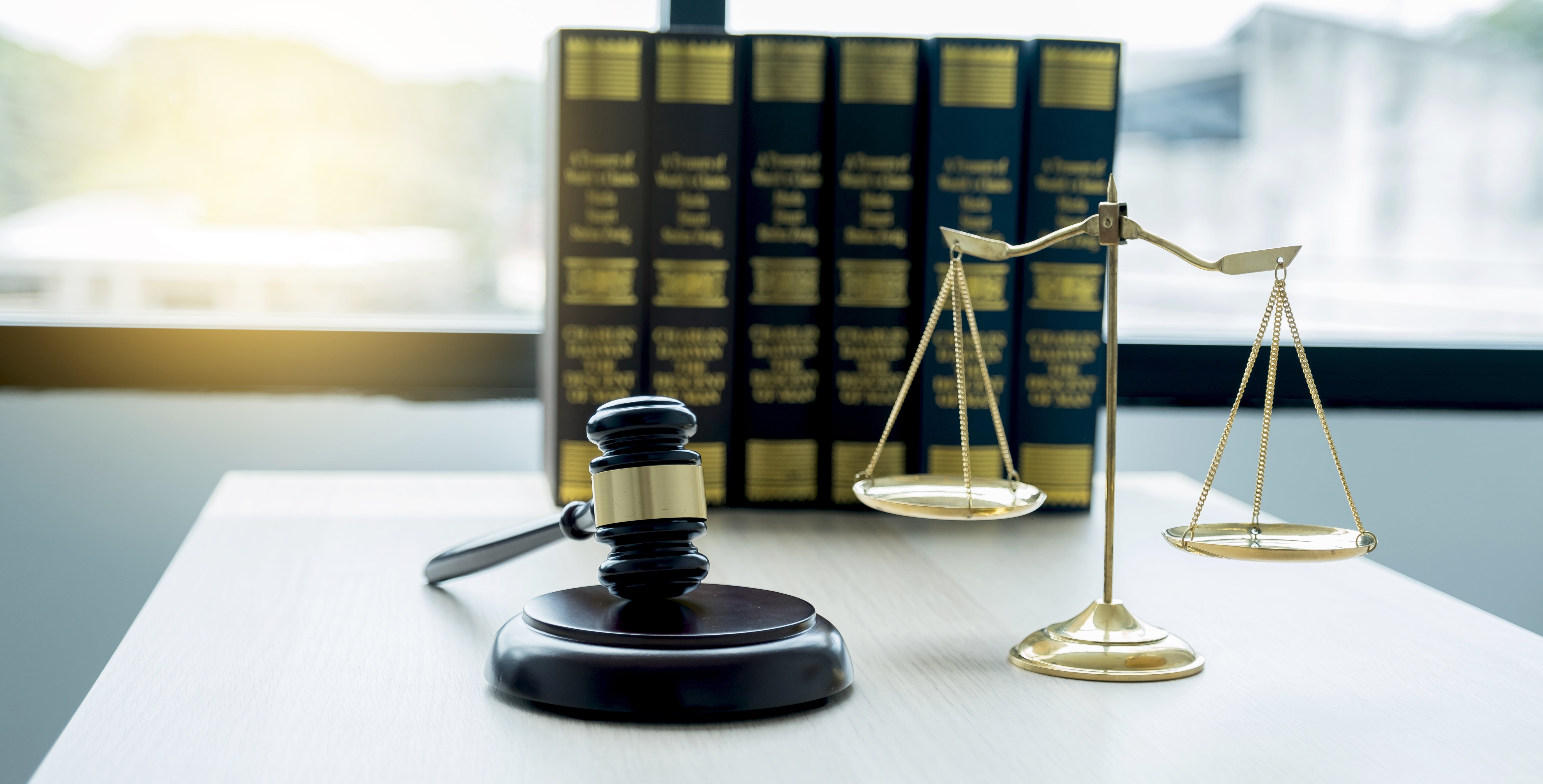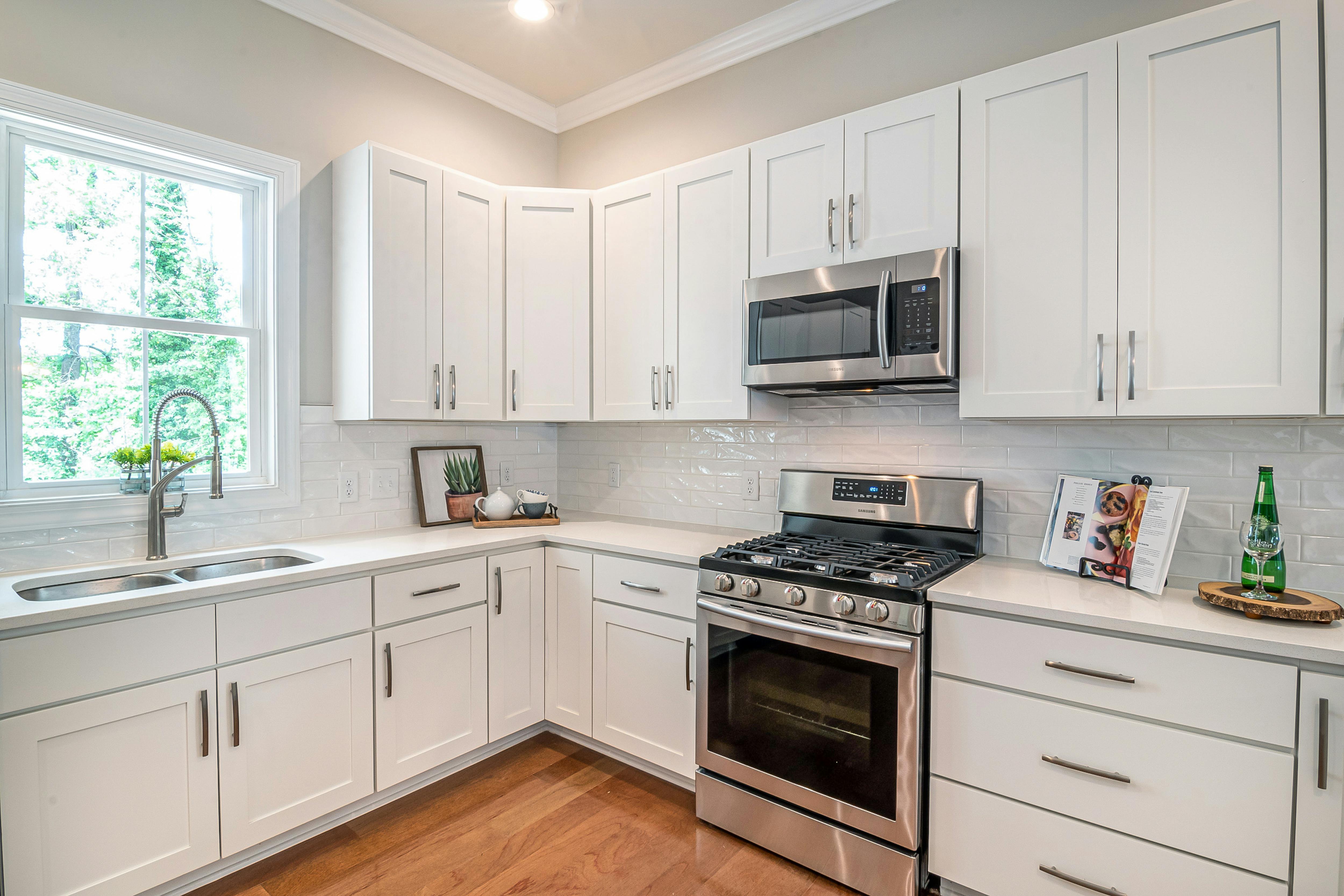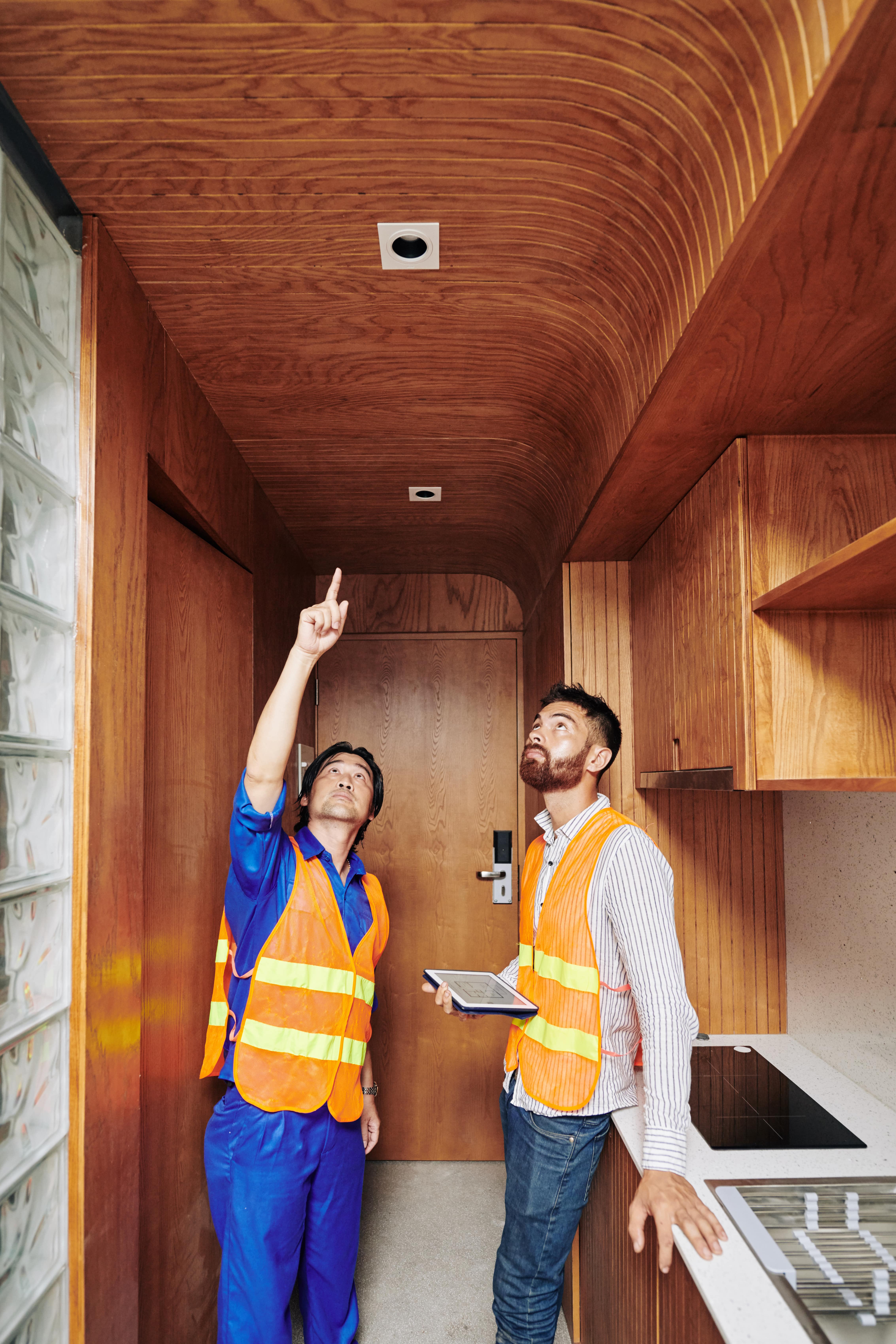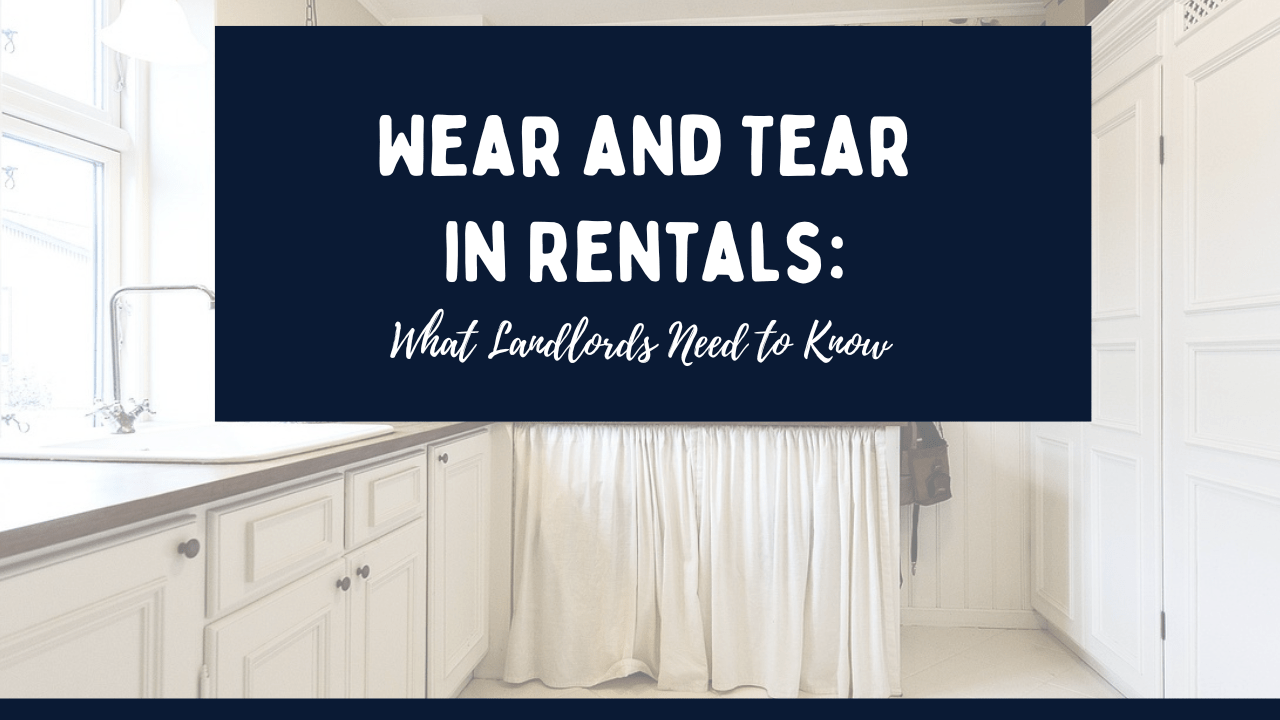A profitable California rental property is well-maintained, attractive, and safe.
During tenancies and turnovers, things may break, deteriorate, and simply outlive their standard lifespan, requiring a replacement.
When it comes to wear and tear in California rentals, there’s often confusion around what constitutes that type of expected deterioration and what constitutes tenant damage. This is an especially important distinction when landlords and property managers are making decisions about security deposit deductions.
At Bell Properties, we expertly cover everything related to this topic, from choosing the right appliances and materials for a rental home to understanding the laws and California code. We also provide landlord protection insurance for owners with fewer than 30 units, and that’s something a lot of investors find particularly useful.
Contact us to talk about what will work well in a rental that prioritizes maximized earnings and high tenant retention. And for now, let’s take a closer look at wear and tear and why it matters so much to real estate investments in competitive markets throughout California.
California Property Codes: Wear and Tear in Rental Properties

California laws are pretty strict when it comes to rental properties. There is an implied warranty of habitability, and recent rental laws require local enforcement agencies to be more diligent with their investigation of habitability complaints from tenants.
Under the California Civil Code, rental property owners must ensure that safe and habitable conditions are met before tenants move in and while tenants are residing in the unit. These conditions include:
Ensuring there’s access to electricity.
Allowing for access to gas, if that’s the energy source in a rental home.
Providing access to plumbing, specifically hot water.
Sanitation. Toilets must flush and there cannot be any rodents or pests in residence.
Doors and windows that lock.
Safety features that include working smoke detectors and carbon monoxide detectors.
If a rental property owner fails to meet these requirements, the resident has some legal options.
For example, tenants can deduct the cost of repairs from their rent if their landlord does not address a legitimate repair request within a reasonable time. The repair must be necessary to maintain the unit's habitability or pose a significant health or safety risk. The repair cannot be more than the equivalent of one month’s rent.
Or, tenants can cancel the lease and vacate the property when it is not up to code.
Bell Properties and Our Standards of Habitability
 At Bell Properties, we believe that California property managers have a duty to go beyond the basic code requirements. The legal necessities are a given, and we also make sure that the properties we manage have:
At Bell Properties, we believe that California property managers have a duty to go beyond the basic code requirements. The legal necessities are a given, and we also make sure that the properties we manage have:
Working appliances that are in good condition.
Floors, walls, and ceilings that are free of cracks, stains, or potential foundation or structural problems.
Clean common areas with plenty of trash receptacles, including those for organic waste when necessary.
We recommend upgrades and updates as necessary to keep properties safe and habitable as well as attractive and desirable to existing tenants and future residents.
What is Wear and Tear?
In California rentals, there’s no specific and written definition of normal wear and tear. Experienced property managers like our team at Bell Properties understand what they’re looking at when they see wear and tear, however.
Normal wear and tear is the natural deterioration of a property. It happens whenever someone resides in a home. It will happen to any property, no matter who is living in it.
For the purposes of rental property in California, wear and tear generally includes:
Small nail holes in the wall from where a resident might have hung pictures or mirrors or clocks.
Scuff marks on the walls from where furniture was leaning against the wall.
Scuff marks on the carpet from where furniture rested.
Worn carpet in high-traffic areas.
Paint that has faded due to sunlight or age.
Appliances need repairs and replacements because they’ve been used every day.
Landlords are responsible for these costs because they are expected. We help owners budget for wear and tear repairs and replacements, and our approach to this speeds up the turnover process, reducing vacancy. Rental property owners struggling with long or expensive turnovers can contact us at Bell Properties and we’ll make some suggestions on how to reduce the time and the cost of these transitional periods.
Property damage is different from wear and tear. It’s something that was caused by the tenant or a tenant’s guest, and it’s not a landlord’s responsibility. Even if the damage resulted from a mistake or an accident, the tenant is still responsible to pay for it.
Maybe there’s a large hole in the wall from when a piece of furniture was being moved out. Or, a tenant’s child could have written on the walls in crayon or backed up the toilet by flushing a collection of unwanted toys.
Damage can be paid for out of the tenant’s security deposit, and it always has to be well-documented.
How to Prepare for and Minimize Turnover Time
 Wear and tear takes time to remedy, but there are some things that can minimize the expense and the hassle.
Wear and tear takes time to remedy, but there are some things that can minimize the expense and the hassle.
By implementing a few strategic upgrades and maintaining regular inspections, we can minimize unnecessary damage and maximize the lifespan of the rental properties we manage. Here are some essential features and strategies we implement:
Durable Flooring Options
One of the first areas to show signs of wear is flooring. Durable and easy-to-clean materials will save both time and money in the long run. Vinyl plank flooring is durable and water resistant. Tile is also great for high-traffic areas like kitchens and bathrooms. For carpet, we like a stain-resistant grade that can withstand heavy use.
Quality Paint and Wall Finishes
Walls are another area susceptible to wear and tear. It’s best to protect them with washable paint that allows for easy cleaning. Semi-gloss or satin finishes are often better when it comes to battling moisture and grime. We’ve found that wainscoting or wall panels can also be useful in preventing dents and scratches in areas that get a lot of activity.
Heavy-Duty Fixtures and Fittings
Fixtures in the kitchen and bathroom endure frequent use. We encourage rental property owners to invest in robust materials to ensure longevity. Solid metal faucets and drawer handles are less likely to break than plastic alternatives. We like stainless steel sinks, too, because they’re durable and rust-resistant. Countertops don’t have to be granite, but they do need to be resistant to scratches and chips. Solid surface counters look better and they’re going to last longer.
Quality Appliances
Appliances are major investments that should withstand tenant use over time. When it’s time to replace a refrigerator or a dishwasher, we’re going to recommend energy-efficient models. These not only reduce utility costs but are often built to last longer. Many appliances come with extended warranties, which can protect the investment. Routine maintenance is also a big part of keeping appliances in good condition. We schedule regular servicing to keep appliances functioning optimally and extend their lifespan.
Landlords wondering what will work best in their specific rental homes are welcome to contact us at Bell Properties for a personalized evaluation and customized recommendations.
Protecting California Rental Properties

There are many ways to protect a California rental property from excessive wear and tear and even damage. Good tenant screening, for example, can help us to place reliable tenants who have a history of taking care of the homes they’re living in. We make sure there aren’t any evictions or judgments in their credit or background reports. Landlord references can tell us whether there was property damage or excessive wear and tear after that tenant moved out.
Insuring a rental property is also essential. Landlords will want to make sure they’re well-insured against any damage or destruction to the structure. It’s also important to have loss of rent coverage. Earthquake insurance is an option we believe not enough real estate investors opt into for their rental properties. Those investment properties in a flood zone will also want to buy flood insurance. It’s important to make sure there’s enough liability coverage, too, to prevent debilitating financial losses after lawsuits or claims.
At Bell Properties, we offer unique insurance to property owners who need it. Our landlord protection insurance is for small group owners with fewer than 30 units for rent. Our plan covers intentional malicious damage, and it provides not only coverage but a lot of peace of mind for those investors who opt into our premium level management plan.
In addition to physical upgrades and the use of durable, quality materials in rental homes, we implement effective property management practices that can mitigate wear and tear. These include regular inspections. We conduct inspections before and after each tenancy, as well as periodically during long-term leases, to identify and address issues early. We establish clear tenant guidelines because providing tenants with clear instructions and expectations regarding property care and maintenance responsibilities has an impact on how properties are cared for. Finally, our responsive maintenance services offer timely responses to maintenance requests, which prevents minor issues from becoming major problems.
Let’s talk about the wear and tear that can be expected and prevented. Contact us at Bell Properties.


